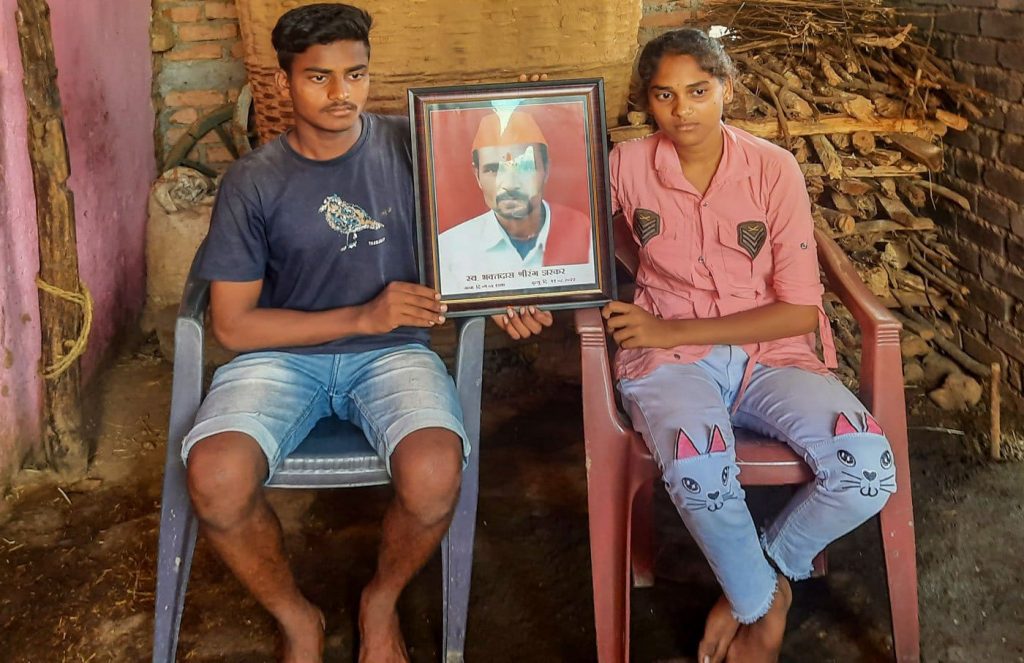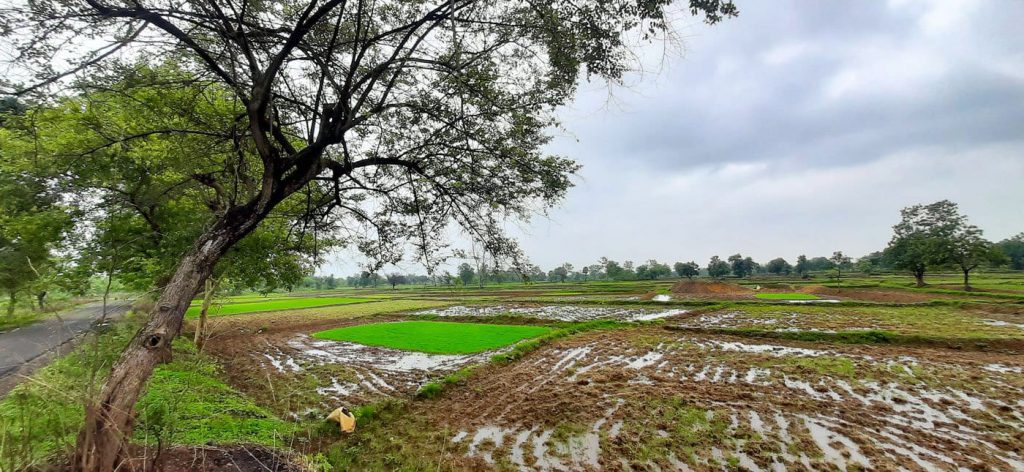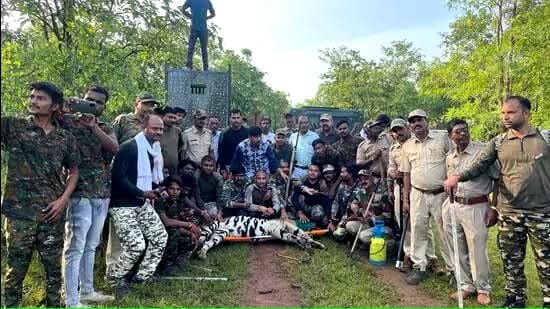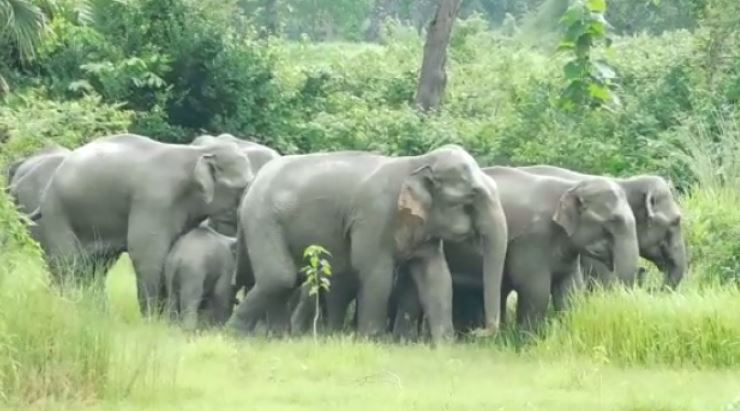In the year 2022, there was a total of 115 human deaths due to tiger attacks in India, and the state of Maharashtra alone accounted for 85 deaths, with Uttar Pradesh coming a distant second with 11 deaths. And, from the total amount of Rs. 1478.50 lakhs paid as compensation by the various states in 2022, Rs. 1395 lakhs had to be paid by Maharashtra alone.
Not just in 2022, Maharashtra had led the death counts in the previous three years also, with 32 deaths in 2021, 25 deaths in 2020, and 26 deaths in 2019. In 2018, however, the state had reported only two such deaths, while West Bengal came at the top with 15 deaths.
So what went wrong after 2018, that leaving West Bengal far behind, Maharashtra started showing a rapidly ascending graph when it came to tiger-mauled deaths of humans. Indian Masterminds spoke with senior Maharashtra forest officials to find out.

CHANDRAPUR AT THE TOP
Most of these deaths were reported from Chandrapur district where the Tadoba Andhari Tiger Reserve (TATR) is also located.
In Hirapur village, 45-year-old farm labourer Bhaktada Zarkar was working in a paddy field on the edge of the forest when a tiger suddenly pounced upon him from behind and dragged him by the neck inside the forest. His body was recovered later.
According to the Field Director of TATR and Conservator of Forest, Dr. Jitendra Ramgaonkar, a 2006-batch IFS officer, the deaths are the result of a high increase in the tiger population because of the success of Project Tiger. The current tiger number is 250+ in the district. The tigers stray out of the forests into the fringe areas where they come into direct conflict with villagers. And this is when most of the killings happen. However, Dr. Ramgaonkar asserts that these are all accidental killings and there are no man eaters in Chandrapur.
He said, “Fifty three of the 85 killings in 2022 in Maharashtra took place in Chandrapur. These were all accidental encounters when tigers and also leopards came face to face with villagers. There are around 150 tigers living in the buffer areas and there are more than 1000 villages in the surrounding landscape. The villagers go inside for a variety of traditional uses. So, conflicts are bound to happen.”
He refuted all claims of tigers entering villages and killing villagers, as being a shy animal, they try to stay away from human habitation.
“The three main reasons for tigers attacking humans are fragmentation of forest, population growth of tigers, and dependency of communities on forests for livelihood,” he said.
About what the forest department is doing to mitigate such attacks, he replied, “We are already mitigating it. This calendar year, the numbers are 24 so far.”

GADCHIROLI, ANOTHER DANGER AREA
Another district where tiger-human conflicts happen frequently is Gadchiroli, a district predominantly inhabited by tribal people. The Tadoba Andhari Tiger Reserve in Chandrapur district is adjacent to the Gadchiroli district, and, hence, the tigers visit Gadchiroli forests very often. Although in the past, the tiger population had gone down drastically due to the Naxalite movement, now, the tigers are regaining their territory again. This is one of the reasons why the tiger population is increasing in Gadchiroli and, as a result, tiger-human conflicts are also increasing.
Conservator of Forest, Gadchiroli, Mr. S. Ramesh Kumar, a 2006-batch IFS officer, said that the tribal people, who have forest rights, go inside the forests for various purposes. And, they get attacked by tigers sometimes. The forests in this district are not continuous but fragmented. Hence, tigers frequently stray outside and come into direct conflict with humans.
However, Mr. Kumar, too, said that no tiger had gone inside any village to kill a human, and echoing the words of Tadoba Field Director, he also termed all the deaths in Gadchiroli as “accidental killings”.
“In 2022, there were 26 deaths, and in 2023, 5 deaths have taken place in Gadchiroli. One death inside the forest, while the other four in the fringe areas,” he informed.
Mr. Kumar, too, attributed the increasing number of tiger attacks on humans to the rising tiger numbers. “There was a time when there was no tiger in Gadchiroli. Now, we have 40+ tigers in the district,” he stated.
It has come to light that 99 percent of the man-animal conflicts in Gadchiroli has taken place because of infringement by humans. This infringement is the result of people going to the forest for any kind of work or livelihoods. For instance, farmers go inside to graze their animals or to collect the leaves of wild palm trees, as paddy bundles are tied with it after harvesting. Villagers also go to collect wild mushrooms, and leaves and grasses for their goats.
“Common people depend on the forest for many things. However, gradually efforts are being made to reduce their dependence,” Mr. Kumar said.
There is also the ‘Shyamprasad Mukherjee Jan Van Vikas Scheme’ for development of the villages around tiger reserves. Its aim is sustainable development of villages in and around the buffer zones of these reserves, to reduce man-animal conflicts. In this scheme, there is also a provision of solar fencing, so that wild animals cannot enter the agricultural fields.
The forest department has also formed primary response teams to tackle man-animal conflicts. The teams comprise of 4 to 5 young boys of every village who are tasked with making the villagers aware about how far one should go inside the forest and how to be careful once inside. Simultaneously, vehicles with loudspeakers go from village to village making announcements about all necessary information.

FIGHT FOR TERRITORY
Tiger attacks are also reported from Nagpur and the Western Maharashtra region. However, Chandrapur and Gadchiroli together report the highest number of attacks, a sign that the tiger population here is growing at a rapid pace, just like the human population is growing.
And because of the population pressure on land, humans are increasingly infringing into tiger habitats and tigers are coming out to the buffer areas and the surrounding landscape, causing a rise in human-tiger conflicts. And, sadly, lives are being lost in these attempts to reclaim or establish territories.
Significantly more victims were attacked while collecting minor forest produce than during other activities.

TIGER TRANSLOCATION EXPERIMENT
Meanwhile, the state government has increased the ex-gratia in case of human deaths from Rs. 20 lakhs to 25 lakhs. And, in the last monsoon session of the state legislature, Forest Minister Sudhir Mungantiwar told the Assembly in a reply to a motion that the government had transported two grown up tigers to the Nagzira tiger reserve in Gondia as part of a ‘tiger translocation’ experiment and was contemplating more such shifting to forests that have space to accommodate the big cats.
































